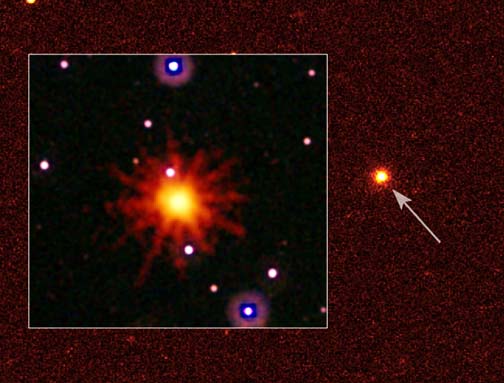“SWIFT had never seen another object outside of our galaxy appear to act this way. It is quite unlike anything we've known before, except maybe blazars.”
- Andrew Fruchter, Ph.D., Astronomer, Space Telescope Science Institute

April 29, 2011 Baltimore, Maryland - Since the Big Bang, the most powerful explosions in this universe are huge flashes of gamma-ray bursts, or GRBs. Extremely rare and fleeting, the sources of gamma-ray bursts are billions of light-years from Earth outside our Milky Way galaxy. Their gamma intensity is so great that if there were a GRB in our galaxy pointed directly towards Earth, it would cause mass extinction. So far scientists do not know what causes them. Are they black holes tearing massive stars apart? Or two neutron stars colliding? Or something else even more exotic?
Click here to subscribe and get instant access to read this report.
Click here to check your existing subscription status.
Existing members, login below:
© 1998 - 2025 by Linda Moulton Howe.
All Rights Reserved.

